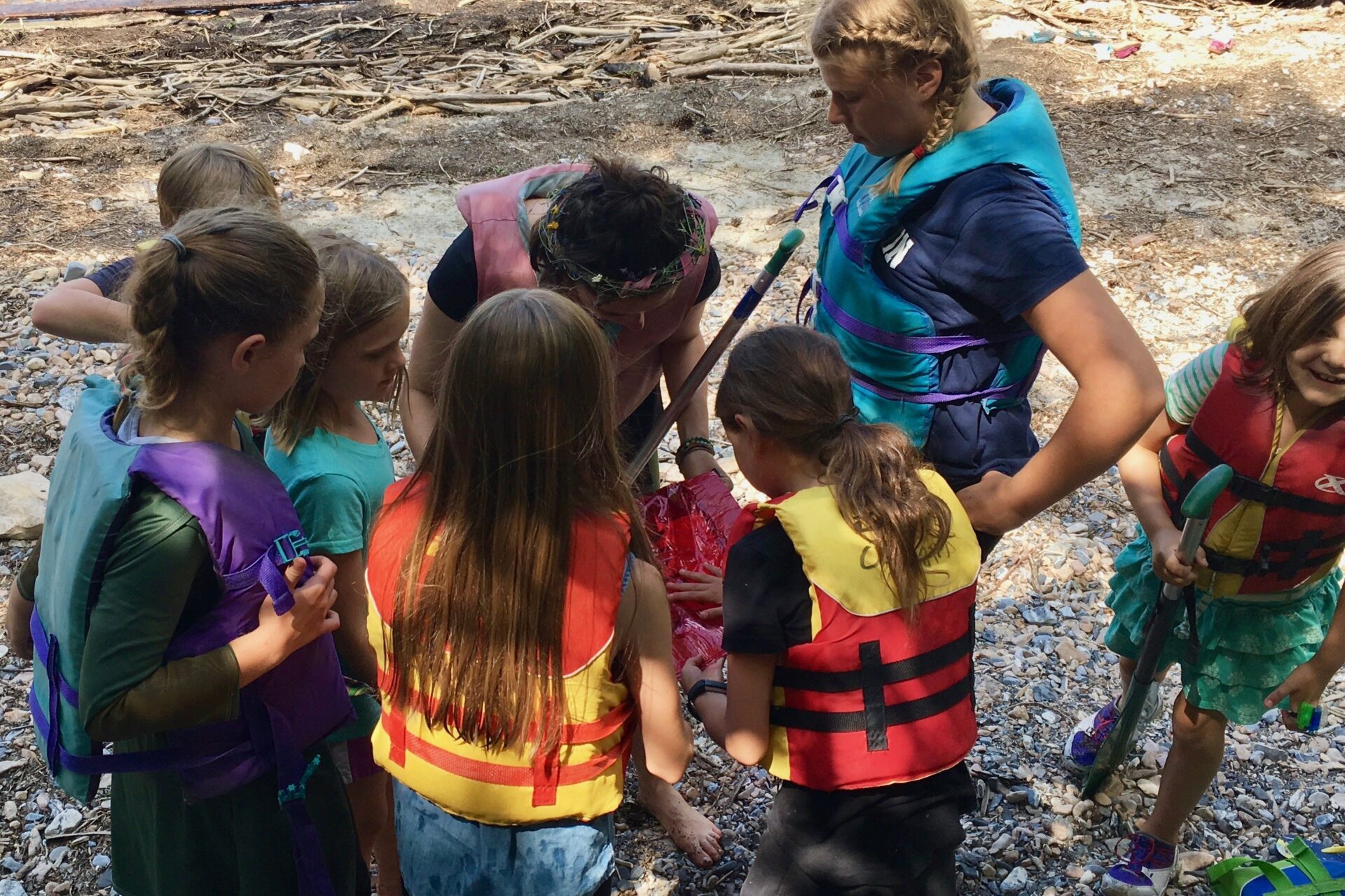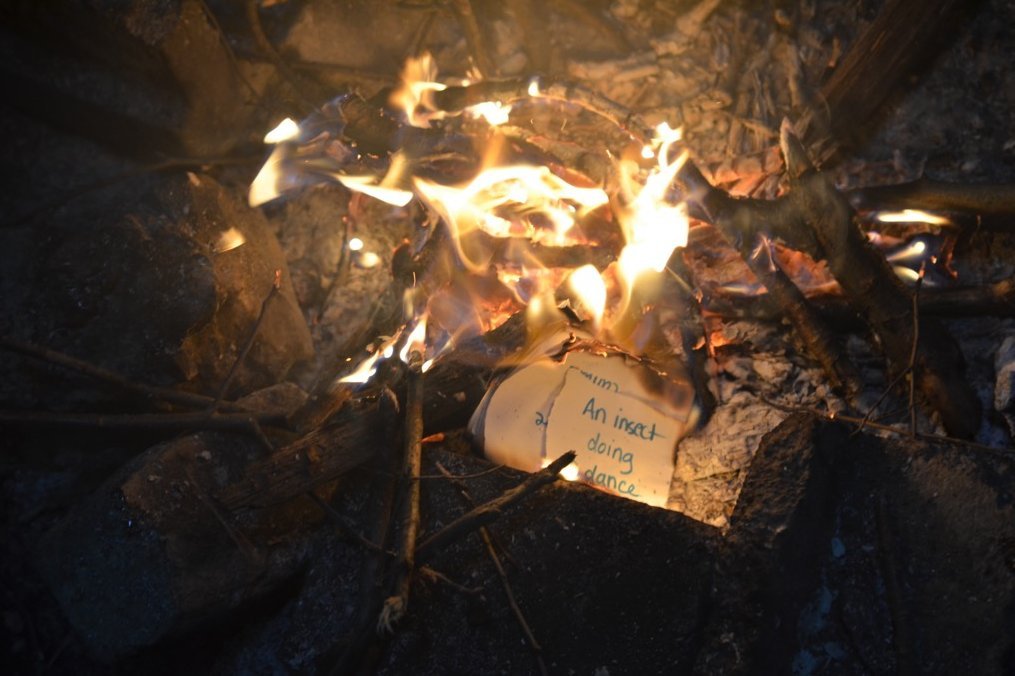Integrate games, puzzles, and creative play into your classroom
Program overview
You may be familiar with the strategy of “gamification” in education, where game-like mechanics are inserted into lessons to encourage participation from students. This approach attempts to harness our dopamine-seeking brains for good by rewarding desired behavior until a new positive feedback loop forms that seeks out requested content. But if the objective is to build long-term commitment to learning and curiosity about our world, mere gamification falls short. Rather, we must reimagine our educational spaces as an inviting open world of intrigue, mystery, and mischief that nurtures exploratory minds rather than reward-focused minds.
In this 5-day intensive course (July 10 – 14, 2023), we will explore different types of gaming and puzzle design that facilitate spaces for students to build connection to and agency in their learning. Primarily, we will focus on the impact of alternate reality gaming (ARGs), role playing games (RPGs), and variations on the “escape game” format and how they provide unique opportunities for curiosity driven engagement and creative problem solving. We will transform indoor and outdoor spaces and educational standards into immersive learning environments, and learn strategies and techniques for effective game and puzzle design.
Program Objectives
This course will introduce educators to the burgeoning field of immersive game and puzzle design. Participantswill develop, implement, and playtest puzzles that are suited for a range of experiences: from the tabletop to the immersive, from puzzle hunts to broad-scoped alternate reality games (ARG). Designs will act as media for learning in language arts, math, science, nature connection, history, mythology, environmental awareness, skills, social and emotional introspection, and more.
Sample Day
The flow of each day will be roughly the same. Below is what Day #2 might look like.
| 9:00 – 10:30 am | Lecture/discussion around Narrative Architecture and Aesthetic |
| 10:30 – 12:00 pm | Hands-on activity building RPG and ARG worlds |
| 12:00 – 1:00 pm | Working lunch: solve puzzle to unlock container with lunch |
| 1:00 – 2:30 pm | Discussion: Navigating complex concepts in open world game space |
| 2:30 – 4:00 pm | Hands-on activity: Solving puzzles using locks and ciphers |
Faculty

Dr. Christine Fleener
Scientist, Educator
Staff






